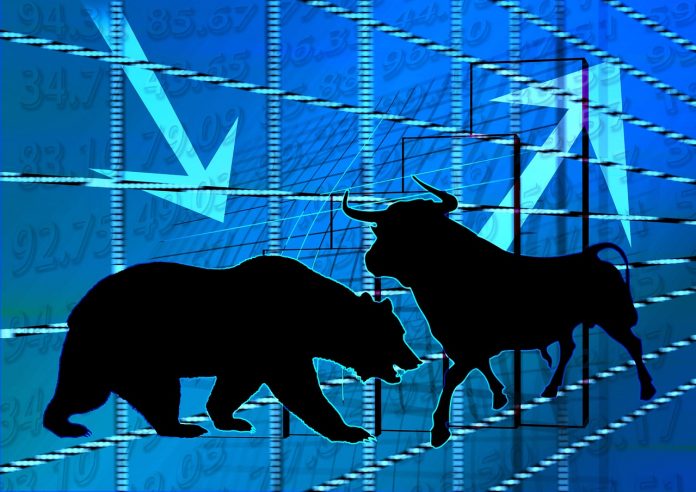Wall Street navigated through fresh data this morning on the Federal Reserve’s favored inflation metric, the Personal Consumption Expenditures (PCE) index, which could influence interest rate expectations. The S&P 500 edged up about 0.4%, while the Dow Jones Industrial Average hovered around the flatline, relinquishing earlier gains. The Nasdaq Composite took the lead, advancing around 0.9%. All three major indexes aimed to capitalize on yesterday’s upward momentum.
The spotlight was on today’s PCE index release, which showed that core PCE—excluding food and energy—rose 3.9% year-over-year. This figure marks the lowest since September 2021 and a decline from 4.2% in July. Moody’s Analytics Chief Economist Mark Zandi commented, “It’s about as good as you could expect. 0.1%, that’s a really marvelous number. I’m sure it’s overstating the case, I don’t think it pushes all the way back into the Fed’s target [2%] quite yet, but all the trend lines there look good.”
This data comes on the heels of the Fed’s decision to maintain interest rates between 5.25% and 5.50%, the highest level since March 2001. Fed Chair Jerome Powell noted that inflation remains “well above our longer-run goal of 2%.” Post-data, market sentiment shifted, with the CME Group’s FedWatch tool now indicating a 67.2% probability that the Fed will hold off on any more rate hikes this year, up from 57.7% just a week ago.
The PCE data aligns with August’s Consumer Price Index (CPI), another key inflation indicator, which also signaled a cooling in core price increases. The CPI report showed headline inflation at 3.7%, driven mainly by elevated oil and food prices.
In its Summary of Economic Projections (SEP), the Federal Reserve adjusted its outlook, now expecting core PCE to decline faster than initially anticipated. The SEP projects core inflation to peak at 3.7% this year, lower than June’s 3.9% forecast, before moderating to 2.6% next year and 2.3% in 2025. Powell, however, clarified that a rise in core PCE isn’t the sole factor that could trigger another rate hike. “The heat that we see in GDP, is it really a threat to our ability to get back to 2% inflation? That’s going to be the question,” he stated.
Adding another layer of complexity is the looming government shutdown deadline this Sunday, which could halt the release of key economic data reports from the Bureau of Labor Statistics (BLS) for an indefinite period. Bank of America US economist Michael Gapen noted, “If there is a protracted shutdown, the lack of data availability could also keep the Fed on hold in November.”
As the final trading day of a brutal September unfolds, stocks are bracing for significant monthly and quarterly losses, ranging from 3% to 5%. This downturn is fueled by soaring oil prices and concerns that the Fed’s higher-for-longer rate strategy could lead to another hike this year.
Bonds also experienced some respite today, as comments from Fed officials alleviated rate concerns. The yield on 10-year Treasuries fell after reaching 15-year highs. However, the 30-year Treasury yield, despite retreating, is still set for its largest surge since 2009, adding to market anxiety about the ongoing bond rout.
So, although stocks are trading higher again today, they have a long way to go before traders can feel comfortable about buying back in, which may not happen until the market is clear of the shutdown.








